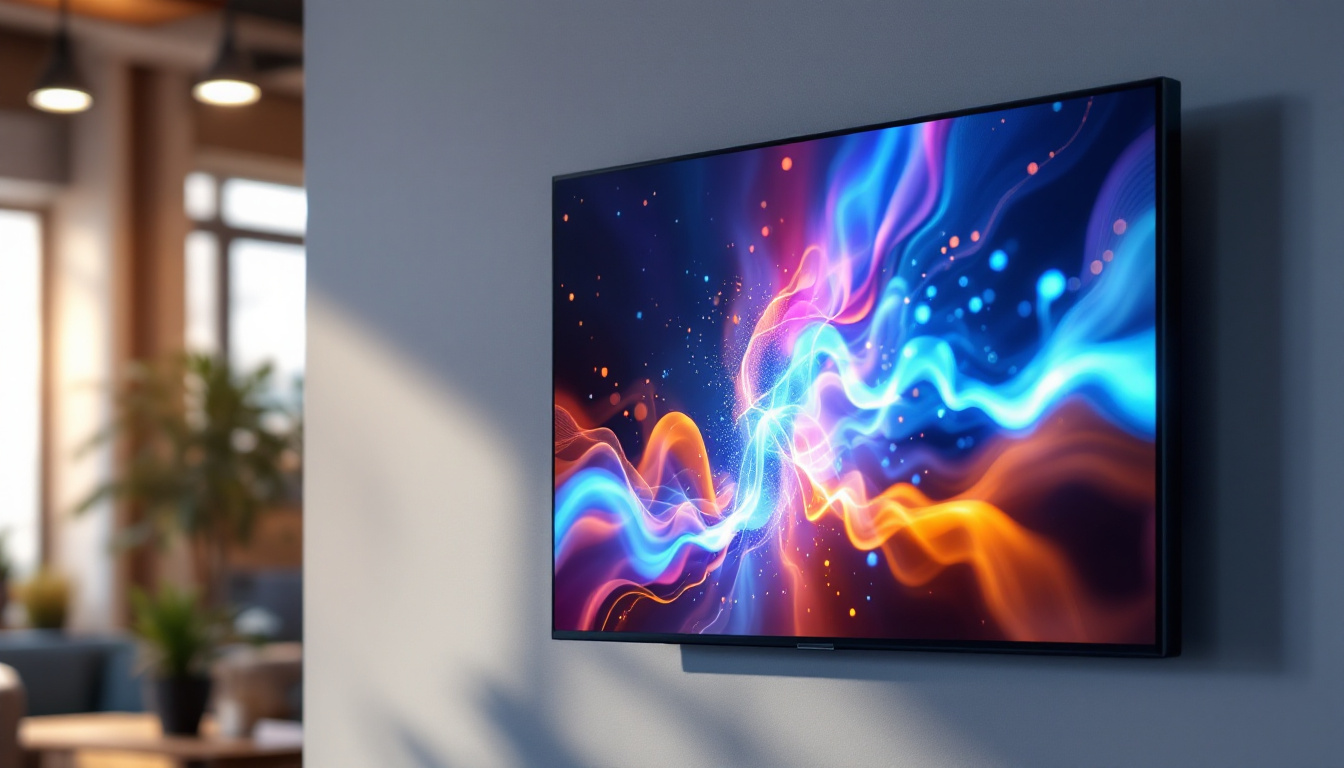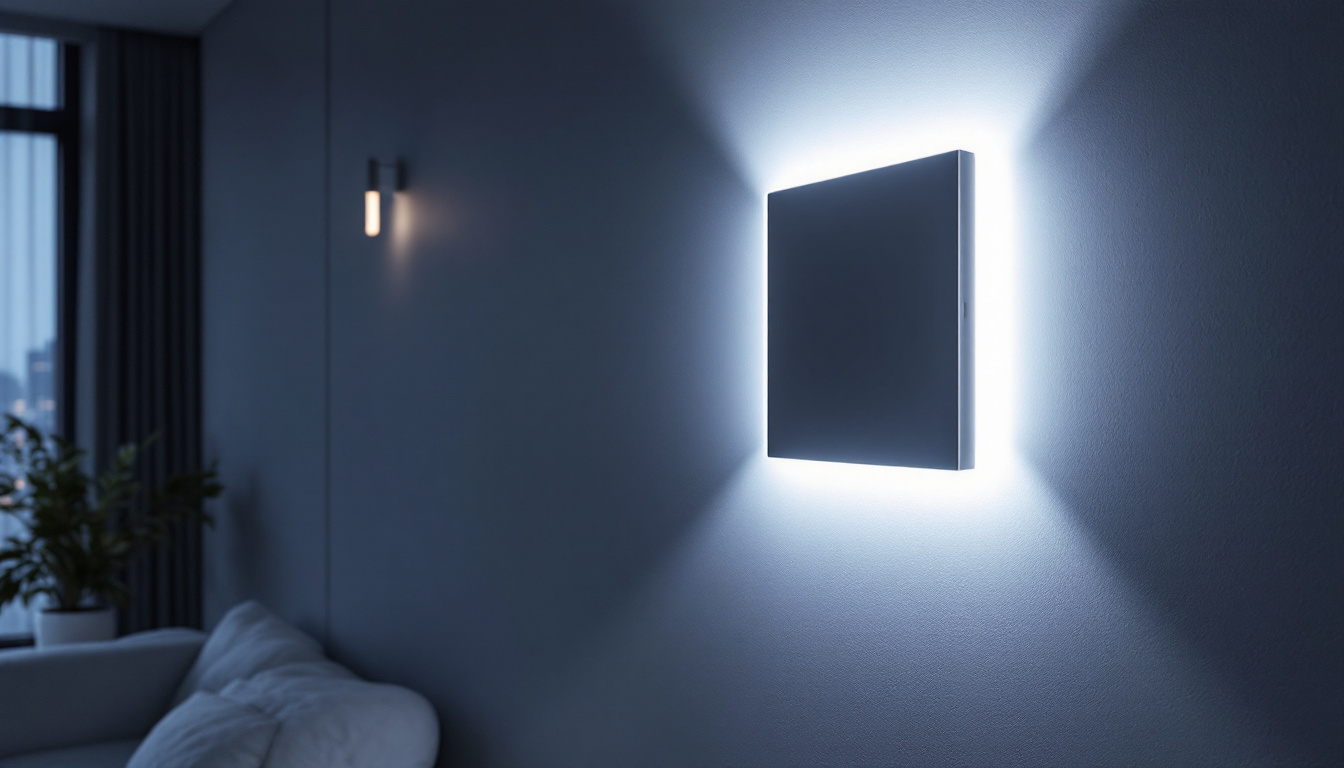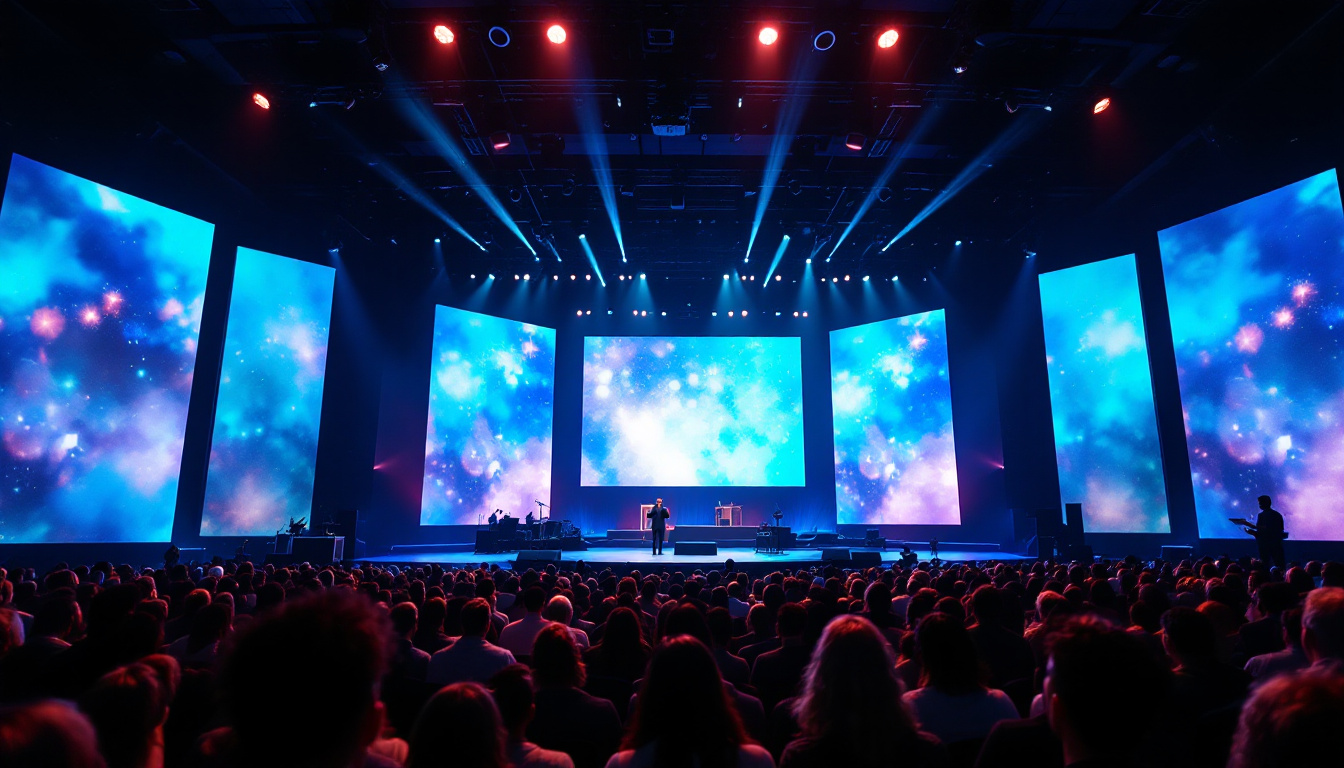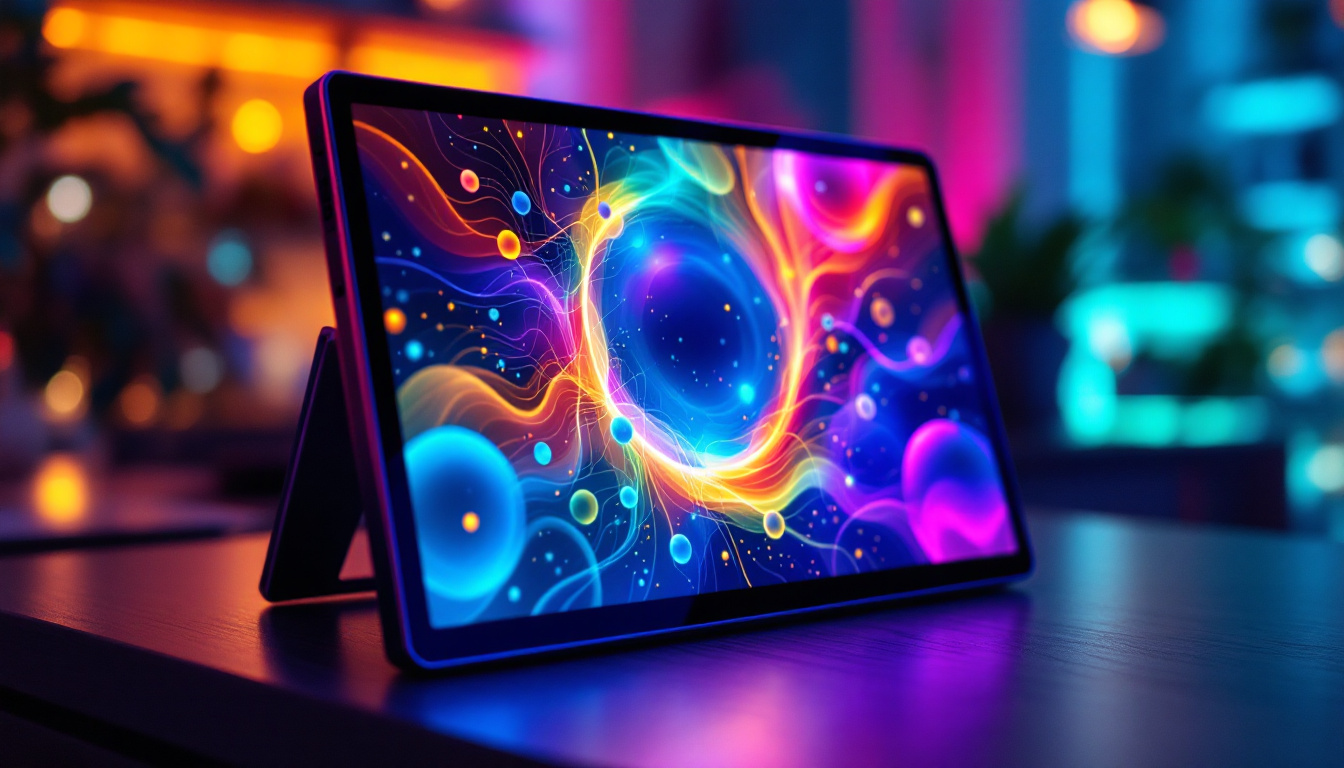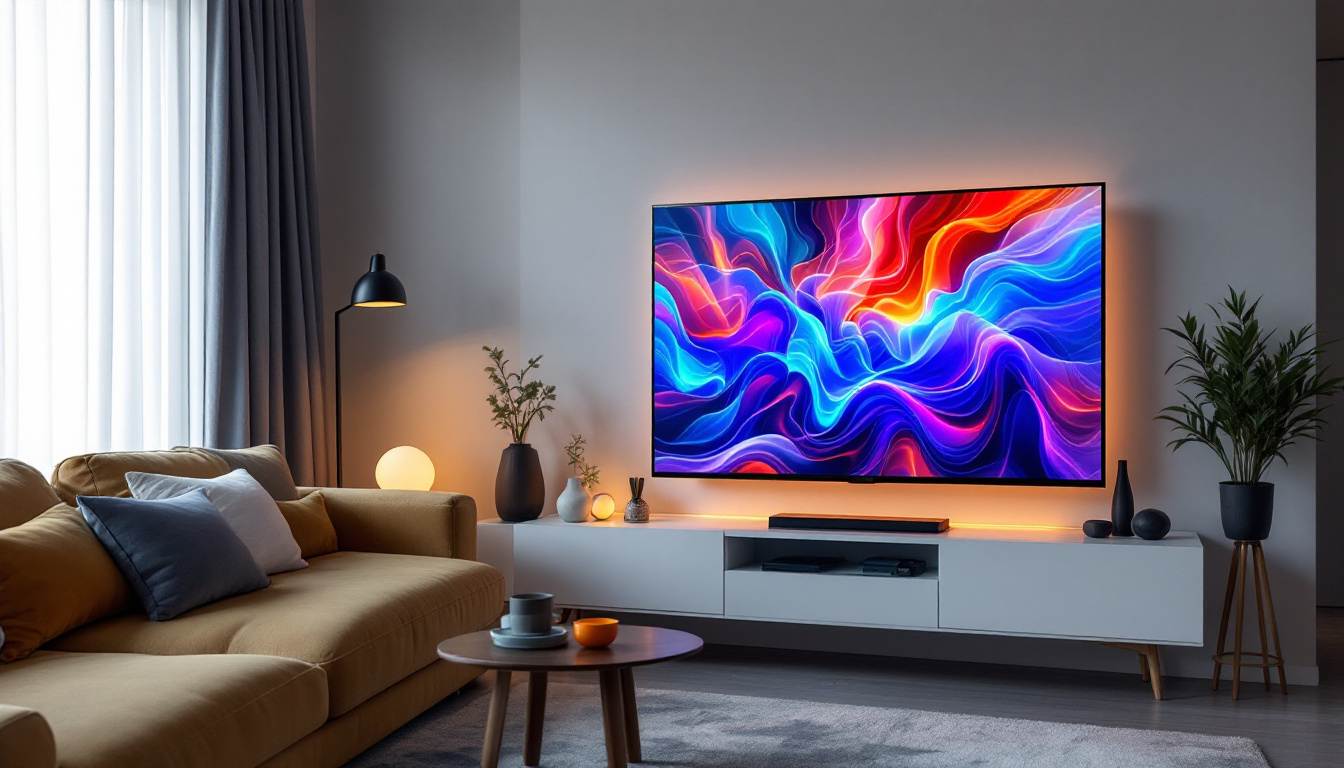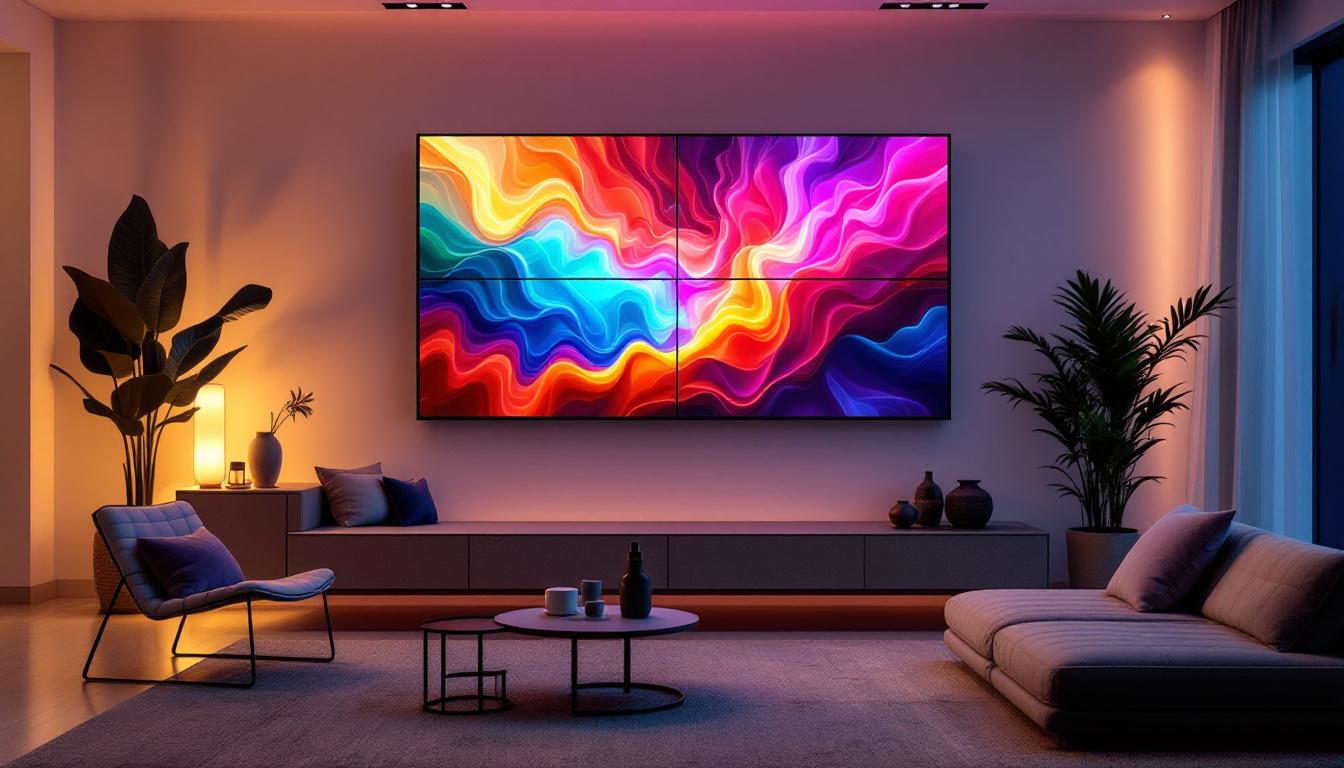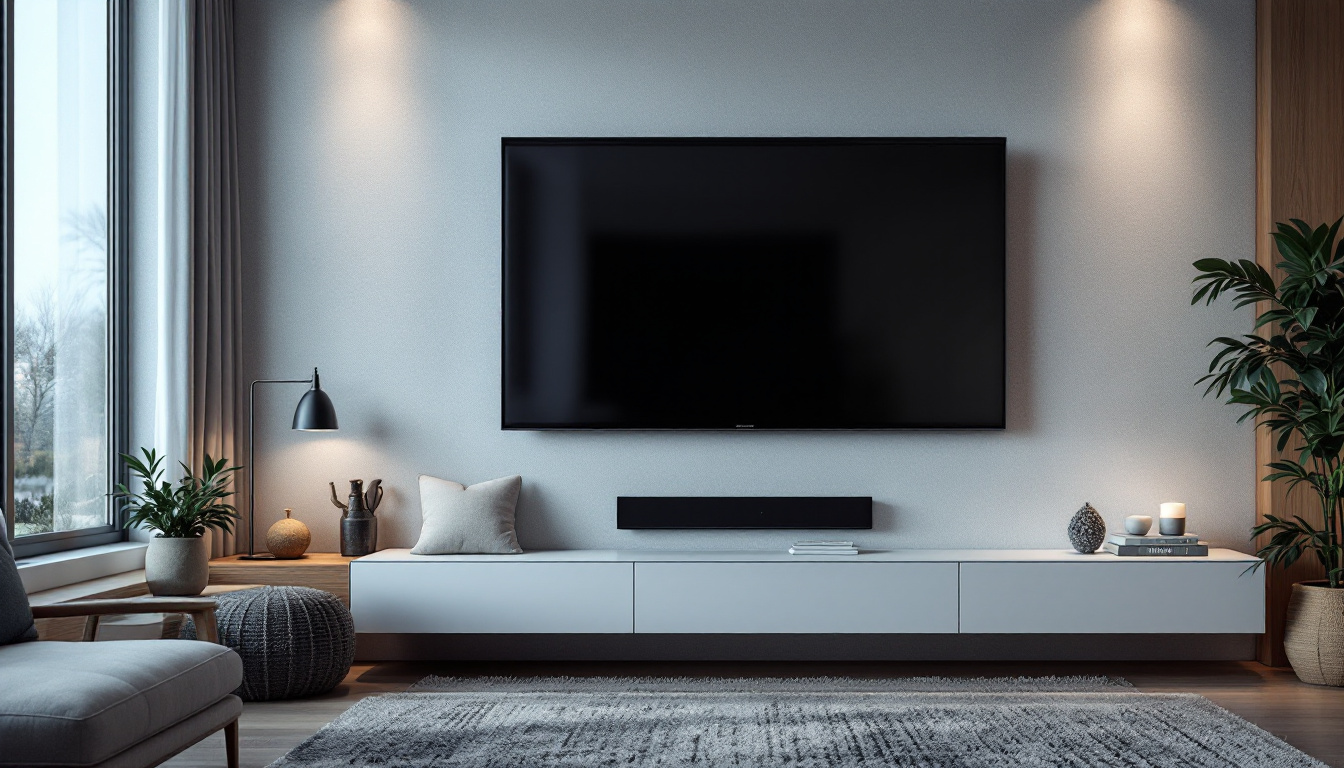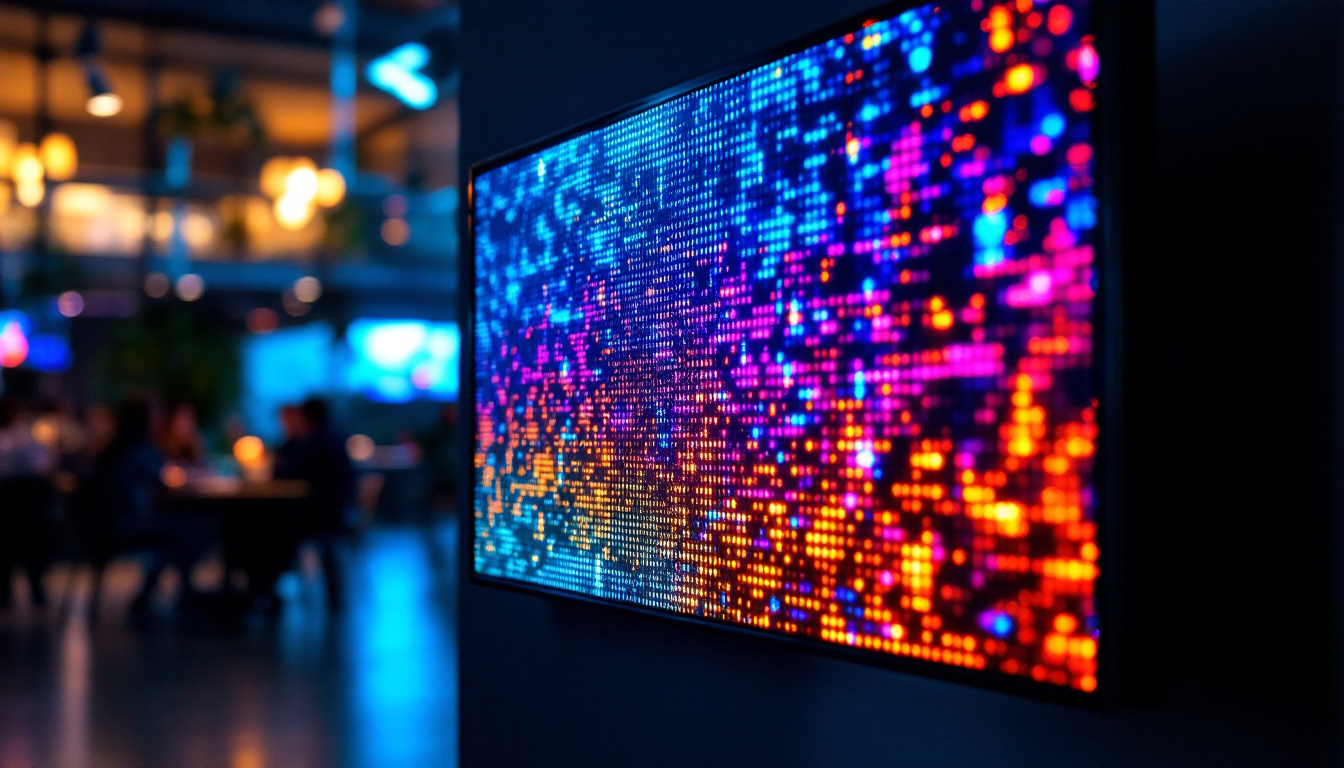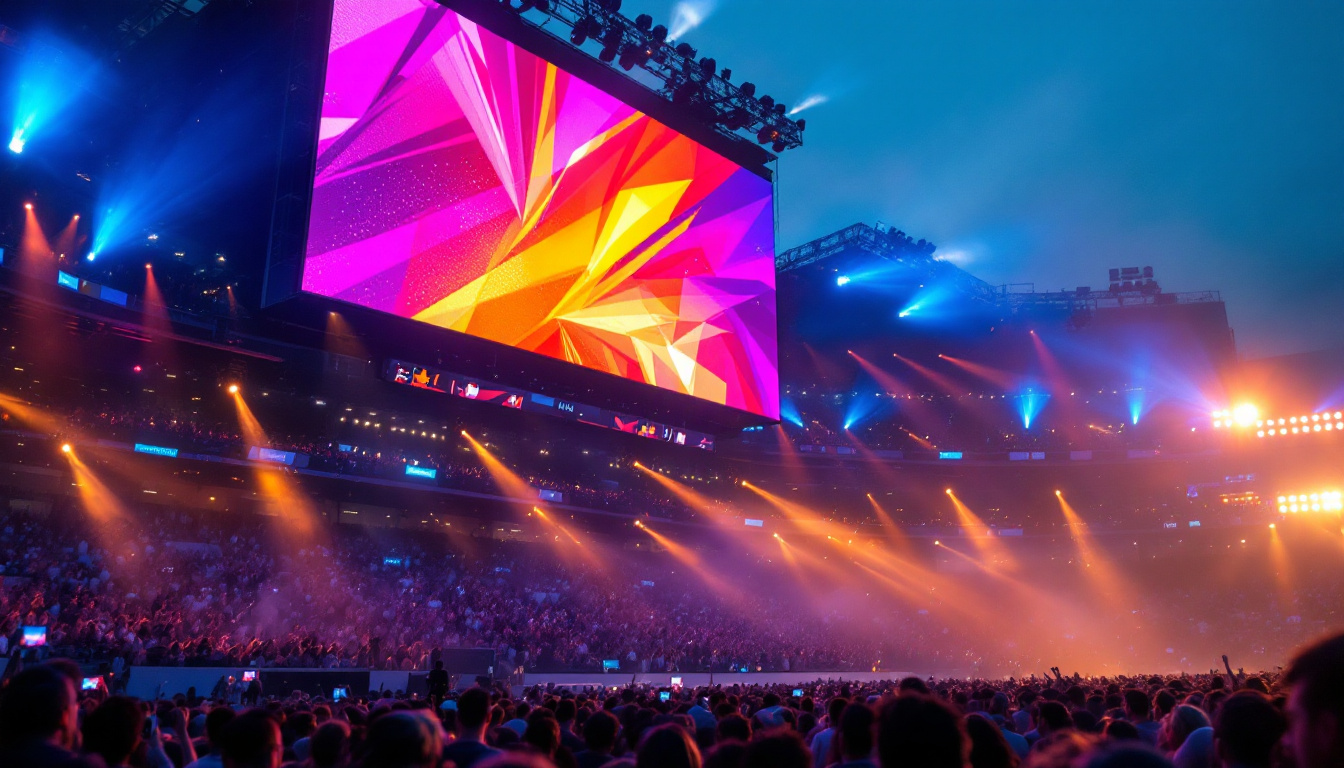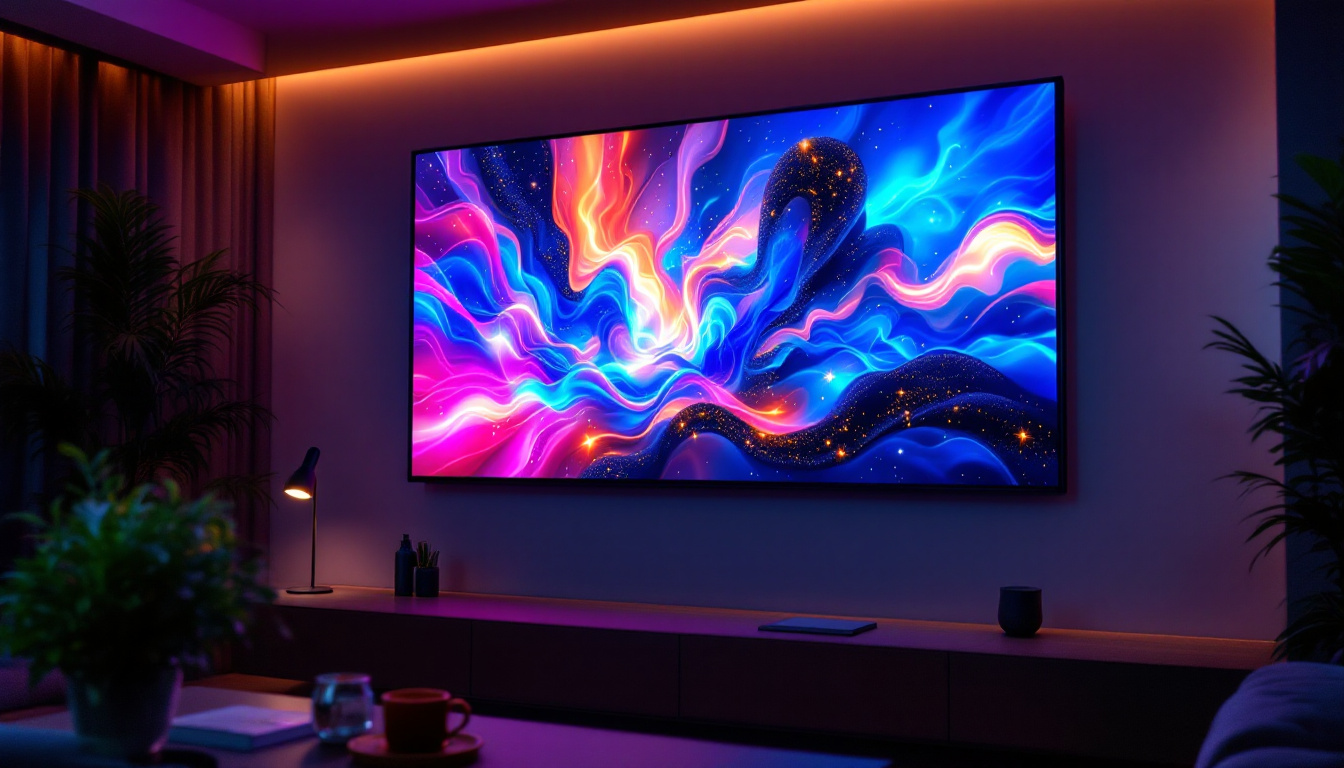In today’s world of digital screens, understanding the differences between LED, LCD, and LED LCD displays is essential for making informed decisions—whether purchasing a new television, monitor, or digital signage. These terms are often used interchangeably, which can be confusing. This article unpacks the technology behind each display type, explores their advantages and disadvantages, and clarifies which option might be best suited for various applications.
Understanding the Basics: What Are LCD and LED Displays?
What is an LCD Display?
LCD stands for Liquid Crystal Display. It is a flat-panel display technology that uses liquid crystals sandwiched between two layers of glass or plastic. These crystals do not emit light themselves; instead, they modulate light passing through them to create images. To illuminate the screen, LCDs require a backlight source.
Traditionally, LCD displays used cold cathode fluorescent lamps (CCFLs) as their backlight. These lamps provide uniform lighting but come with certain limitations such as bulkiness, higher power consumption, and less precise control over brightness and contrast. The evolution of LCD technology has led to the development of more advanced backlighting techniques, including edge-lit and full-array backlighting, which enhance color accuracy and contrast ratios. Additionally, modern LCDs often incorporate features like anti-glare coatings and higher refresh rates, making them suitable for a wide range of applications, from gaming to professional graphic design.
What is an LED Display?
LED stands for Light Emitting Diode. In the context of displays, LED technology refers to screens that use tiny light-emitting diodes as individual pixels or as a backlight source. There are two main types of LED displays:
- Direct-view LED displays: These are composed entirely of LEDs that emit their own light, commonly used in large outdoor screens and stadium displays.
- LED-backlit LCD displays: These are LCD screens that use LEDs as the backlight instead of CCFLs.
When people talk about “LED TVs” or “LED monitors,” they are usually referring to LED-backlit LCDs rather than direct-view LED displays. The shift towards LED technology has brought about significant improvements in energy efficiency and image quality. For instance, LED displays can achieve deeper blacks and a wider color gamut, making them particularly appealing for home entertainment systems. Furthermore, the compact size of LED components allows for thinner and lighter screens, which is a major advantage in modern design aesthetics. As technology continues to evolve, we can expect to see even more innovations in display technology, including advancements in microLED and OLED, which promise to further enhance visual experiences.
LED vs LCD vs LED LCD: Clarifying the Terminology
Why the Confusion?
The confusion arises because LED technology is often used in conjunction with LCD panels. The term “LED TV” is actually a misnomer for an LCD TV that uses LED backlighting. In reality, the display panel is still an LCD, but the backlight source is LED instead of CCFL.
Therefore, the three terms can be broken down as follows:
- LCD: Liquid Crystal Display with CCFL backlighting.
- LED: Could mean either direct-view LED displays or LED-backlit LCDs.
- LED LCD: An LCD display that uses LED backlighting.
For most consumer products, LED LCD is the most accurate term, though marketing often shortens it to LED. This simplification can lead to misunderstandings among consumers who may not fully grasp the underlying technology, resulting in a marketplace filled with jargon that can be daunting to navigate. As technology continues to evolve, it’s crucial for consumers to stay informed about what these terms really mean to make educated purchasing decisions.
Direct-View LED vs LED-Backlit LCD
Direct-view LED displays consist of millions of tiny LEDs that act as individual pixels, capable of producing vibrant colors and deep blacks. These are commonly used in large-scale digital billboards and professional video walls. The ability to control each pixel independently allows for high contrast ratios and a wider color gamut, making direct-view LED displays ideal for environments where image quality is paramount, such as in art galleries or high-end home theaters.
On the other hand, LED-backlit LCDs use an array of LEDs behind or around the LCD panel to illuminate the screen. The liquid crystals control the passage of this light to form images. This combination allows for thinner, more energy-efficient displays with improved brightness and color accuracy compared to CCFL-backlit LCDs. Additionally, advancements in technology have led to the development of edge-lit and full-array backlighting, further enhancing the performance of LED-backlit LCDs. Edge-lit displays are generally slimmer and lighter, making them a popular choice for wall-mounted TVs, while full-array backlighting provides uniform brightness and better local dimming capabilities, resulting in superior contrast and detail in darker scenes.
Comparing the Technologies: Advantages and Disadvantages
LCD Displays (CCFL Backlit)
LCDs with CCFL backlighting were the standard for many years. They offer consistent brightness and decent color reproduction. However, they have several drawbacks:
- Bulkier design: CCFL tubes require more space, making the display thicker.
- Higher power consumption: CCFLs consume more energy compared to LEDs.
- Limited lifespan: CCFLs tend to degrade faster, leading to dimmer screens over time.
- Environmental concerns: CCFLs contain mercury, posing disposal challenges.
Given these limitations, CCFL-backlit LCDs are becoming increasingly rare in the consumer market.
LED-Backlit LCD Displays
LED-backlit LCDs have largely replaced CCFL-backlit LCDs due to their numerous benefits:
- Thinner and lighter: LEDs are smaller and more flexible, allowing for slim designs.
- Energy efficiency: LEDs consume less power, reducing electricity costs and environmental impact.
- Better brightness and contrast: LEDs can achieve higher brightness levels and improved contrast ratios, especially with local dimming.
- Longer lifespan: LEDs generally last longer than CCFLs, maintaining consistent brightness.
- Environmentally friendly: LEDs do not contain hazardous materials like mercury.
However, LED-backlit LCDs still rely on liquid crystals to modulate light, so they cannot achieve the perfect blacks or infinite contrast ratios of some other display technologies like OLED.
Direct-View LED Displays
Direct-view LED displays offer unique advantages, especially for large-format and outdoor applications:
- Self-emissive pixels: Each LED emits its own light, allowing for true blacks and exceptional contrast.
- High brightness: Suitable for environments with intense ambient light, such as stadiums and billboards.
- Durability: Designed to withstand harsh weather conditions and continuous operation.
- Scalability: Can be built in very large sizes without loss of image quality.
However, direct-view LED displays are not typically used for consumer televisions or monitors due to cost, resolution constraints at small sizes, and manufacturing complexity.
Key Performance Factors: What to Consider When Choosing a Display
Image Quality: Brightness, Contrast, and Color Accuracy
Brightness and contrast are critical for an enjoyable viewing experience. LED-backlit LCDs generally outperform CCFL-backlit LCDs in these areas, especially when equipped with technologies like local dimming, which allows parts of the screen to dim independently for deeper blacks.
Direct-view LED displays excel in brightness and contrast but are more common in commercial settings than home use. Color accuracy varies by manufacturer and model, but LED-backlit LCDs tend to offer vibrant colors suitable for most users.
Viewing Angles
Traditional LCDs can suffer from limited viewing angles, where colors and brightness shift when viewed from the side. LED-backlit LCDs have improved this aspect, but some models still exhibit color distortion at extreme angles. Technologies like IPS (In-Plane Switching) panels help mitigate this issue.
Energy Consumption and Environmental Impact
LED-backlit LCDs consume significantly less power than CCFL-backlit LCDs, making them more environmentally friendly and cost-effective over time. Direct-view LED displays can be energy-efficient depending on usage but are typically used in high-brightness applications where power consumption is higher.
Durability and Lifespan
LED-backlit LCDs generally offer longer lifespans than CCFL-backlit LCDs, with LEDs maintaining brightness and color fidelity over many years. Direct-view LED displays are engineered for durability in outdoor environments, often lasting tens of thousands of hours under continuous use.
Applications and Use Cases: Which Display is Right for You?
Consumer Electronics: TVs and Monitors
For most consumers, LED-backlit LCD TVs and monitors represent the best balance of performance, cost, and energy efficiency. They provide bright, colorful images with thin form factors suitable for homes and offices.
While OLED technology is gaining popularity for premium displays due to its superior contrast and color depth, LED-backlit LCDs remain dominant in the market, especially for budget-friendly and mid-range options.
Commercial and Outdoor Displays
Direct-view LED displays are ideal for commercial applications requiring large, bright screens visible from a distance, such as digital billboards, sports arenas, and public information displays. Their scalability and durability make them unmatched in these environments.
Professional and Specialized Uses
High-end LED-backlit LCD monitors are favored in professional settings like graphic design, video editing, and medical imaging, where color accuracy and brightness control are paramount. Some specialized displays incorporate advanced LED backlighting with quantum dot technology to enhance color gamut and precision.
Future Trends in Display Technology
Mini-LED and Micro-LED Innovations
Emerging technologies like Mini-LED and Micro-LED aim to combine the best features of LED and LCD displays. Mini-LED uses thousands of tiny LEDs for backlighting, enabling finer local dimming zones and improved contrast. Micro-LED, on the other hand, is a self-emissive technology similar to OLED but with inorganic LEDs, promising higher brightness, longer lifespan, and no burn-in issues.
Impact on Consumer Choices
As these technologies mature and become more affordable, consumers can expect displays with better image quality, thinner profiles, and greater energy efficiency. Understanding the distinctions between LED, LCD, and LED LCD remains crucial to navigating this evolving landscape.
Conclusion
When choosing between LED, LCD, and LED LCD displays, it is important to recognize that “LED” often refers to the backlighting technology used in LCD panels rather than a completely different display type. LED-backlit LCDs offer clear advantages over traditional CCFL-backlit LCDs, including thinner designs, better energy efficiency, and improved image quality.
Direct-view LED displays serve a different purpose, excelling in large-scale commercial applications with unparalleled brightness and durability. By understanding these differences, consumers and professionals alike can select the most appropriate display technology for their needs, balancing performance, cost, and longevity.
As display technologies continue to advance, staying informed about innovations like Mini-LED and Micro-LED will help ensure the best viewing experience for years to come.
Discover Cutting-Edge LED Display Solutions with LumenMatrix
As you consider the future of display technology for your personal or professional use, LumenMatrix stands at the forefront of innovation, ready to illuminate your space with the most advanced LED display modules. Whether you’re looking to enhance brand visibility with an Indoor LED Wall Display, captivate passersby with an Outdoor LED Wall Display, or create dynamic visual experiences with our range of specialized solutions like Vehicle LED Displays and LED Sports Displays, LumenMatrix has the expertise to bring your vision to life. Embrace the revolution in visual communication and check out LumenMatrix LED Display Solutions today to see how we can help you share your message with impact and clarity.





